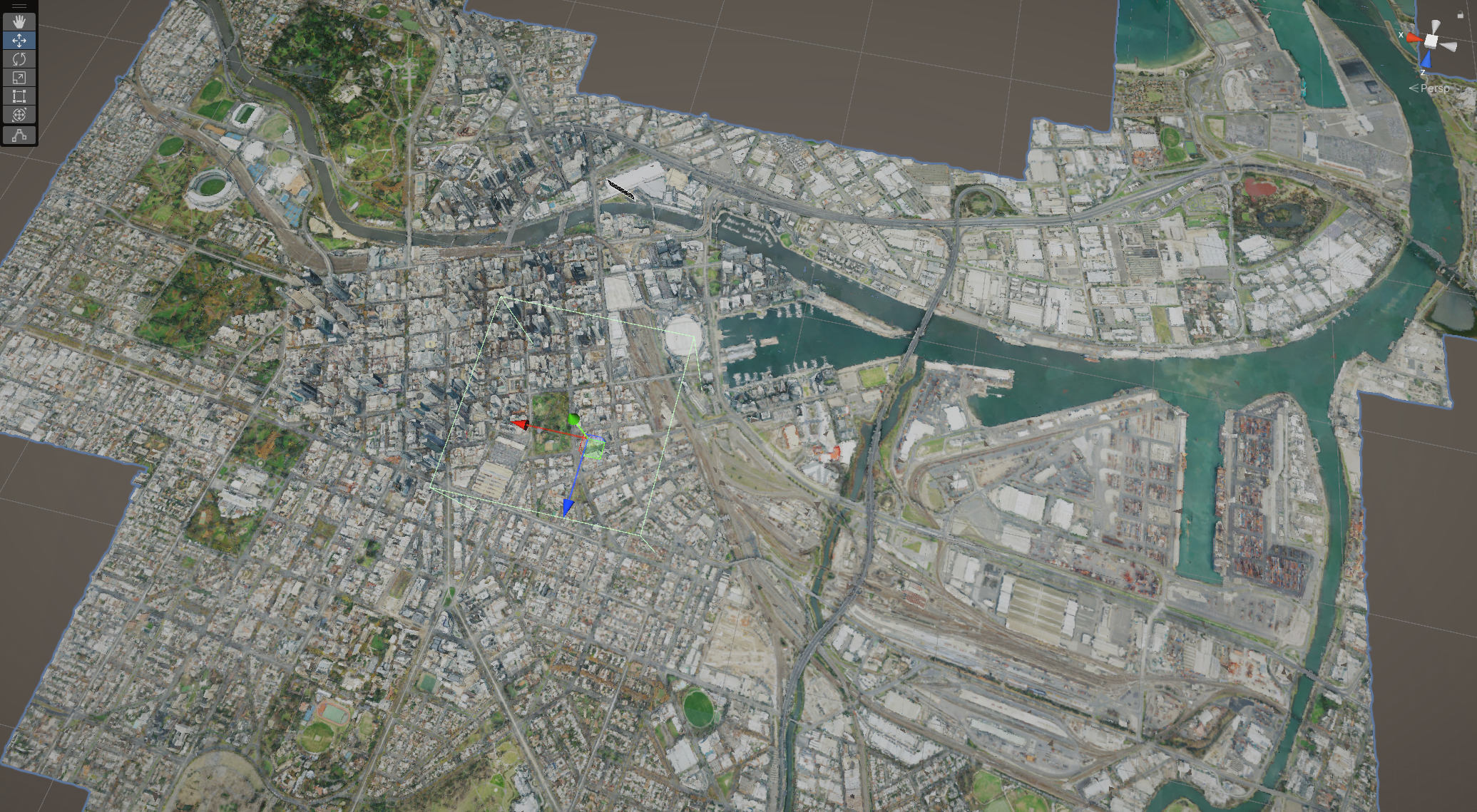I am trying to display 3D tiles inside of a panel that’s, for example, 10x10 Unity units. I would like to be able to zoom in and out on this map from a high level of detail, all the way to the full world while keeping the bounding box size the same.
The way I am doing this is with a Cartographic Polygon, and scaling the polygon by the zoom factor, while scaling the Cesium Georeference by the inverse of the zoom factor. Any time the zoom factor changes, I have to call RecreateTileset() on the Cesium3DTileset object. This is an expensive call that redraws ALL tiles. If I don’t do this function call, the Tileset does not realize the bounding box size has changed and does not draw the appropriate number of tiles.
Is there a preferred/better way to achieve what I am attempting? I’m happy to provide more details as needed. Thank you in advance.
Hi @msdeardorff , welcome to the community!
This sounds like it might be a better fit for the CesiumTileExcluder. Take a look here:
main ← tile-excluder
opened 06:03AM - 16 Mar 23 UTC
Depends on CesiumGS/cesium-native#608
Added `CesiumTileExcluder`, which is a … C# version of cesium-native's `ITileExcluder`.
The idea is that we can add a C# class like this to our project:
```csharp
using CesiumForUnity;
using UnityEngine;
[RequireComponent(typeof(BoxCollider))]
public class CesiumBoxExcluder : CesiumTileExcluder
{
private BoxCollider _boxCollider;
private Bounds _bounds;
public bool invert = false;
protected override void OnEnable()
{
this._boxCollider = this.gameObject.GetComponent<BoxCollider>();
this._bounds = new Bounds(this._boxCollider.center, this._boxCollider.size);
base.OnEnable();
}
protected void Update()
{
this._bounds.center = this._boxCollider.center;
this._bounds.size = this._boxCollider.size;
}
public bool CompletelyContains(Bounds bounds)
{
return Vector3.Min(this._bounds.max, bounds.max) == bounds.max &&
Vector3.Max(this._bounds.min, bounds.min) == bounds.min;
}
public override bool ShouldExclude(Cesium3DTile tile)
{
if (!this.enabled)
{
return false;
}
if (this.invert)
{
return this.CompletelyContains(tile.bounds);
}
return !this._bounds.Intersects(tile.bounds);
}
}
```
And then add an instance of this class as a component on the `Cesium3DTileset` or any of its parents, up to and including the `CesiumGeoreference`.
With that in place, cesium-native will call the `ShouldExclude` method for each tile that it is considering loading or rendering. This will happen a _lot_, so this method needs to be fast. Return true to skip loading and rendering that tile. Return false to load it and render it as normal.
In the implementation above, a user-defined BoxCollider is also attached to the same GameObject as the CesiumBoxExcluder. Any tiles that intersect this BoxCollider are loaded and rendered, others are not. So tiles that are entirely outside of the box are ignored. The given tile's `bounds` property is an axis-aligned bounding box in the same coordinate system as the `CesiumBoxExcluder`, so it's easy to do tests like this.
In this screenshot, the BoxCollider is the green box in the middle of Melbourne. All of the visible tiles are at least partially inside the box:

If we disable the CesiumBoxExcluder, all the tiles load as normal:

Also in this PR: Extended Reinterop to allow constructors of blittable value types to be called from C++. On the C++ side, these are exposed as `Constrct` methods rather than C++ constructors so that brace initialization can continue to be used to initialize fields without calling into C#.